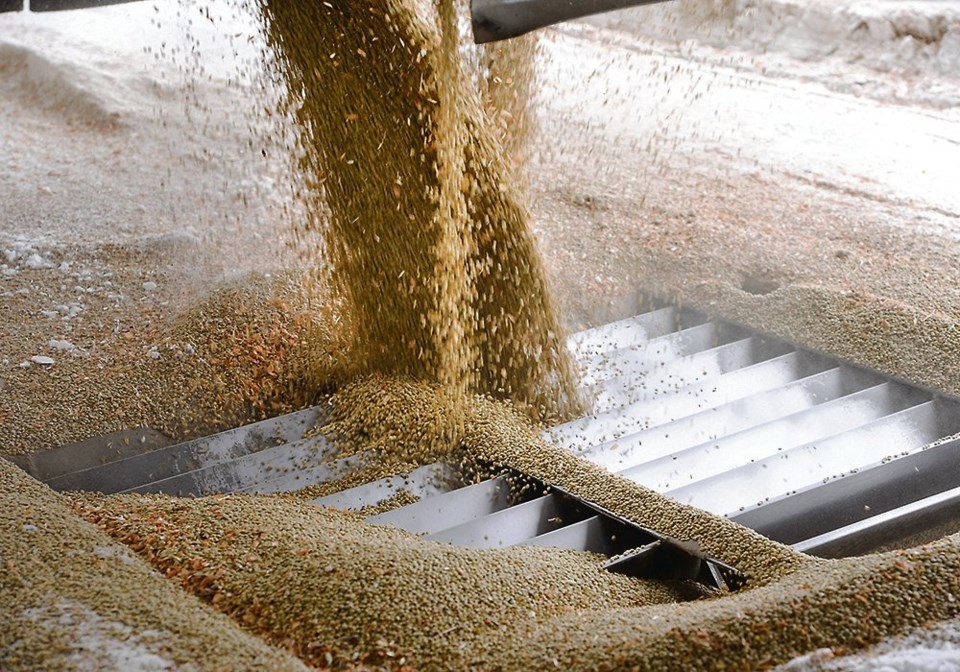WESTERN PRODUCER — G. Chandrashekhar, senior editor and policy commentator with The Hindu Business Line, is forecasting between 8.4 and 8.7 million tonnes of total kharif pulse production.
That is well below the government target of 10.55 million tonnes.
He believes acres will be down and growers may scrimp on crop inputs because prices are well below last year’s levels.
Pigeon peas are the main pulse grown during the kharif season. Canadian green lentils are sometimes used as a substitute for pigeon peas.
Stat Publishing believes Indian pigeon pea production could decline to 4.06 million tonnes from 4.34 million tonnes last year.
Chandrashekhar thinks it could be even lower than that, in the range of 3.6 to 3.9 million tonnes. That would be way lower than the government target of 4.55 million tonnes.
India recently signed memorandums of understanding with Myanmar and some East African countries that allows for tariff-free imports of pigeon peas from those countries through March 2023.
That will help fill the anticipated one million tonne shortfall between India’s production and consumption of the crop.
Stat Publishing thinks there could be some opportunity to import Canadian lentils as well, considering that India had a short crop of lentils in 2021-22 of 1.28 million tonnes, down from 1.49 million tonnes the previous year.
“Given current price trends, lentils could be seen as an economic substitute for pigeon peas in some market segments in the country,” Stat noted in a recent article.
Lentils are currently exempt from import duties through March 2023.
Chandrashekhar said it will be easier to assess India’s import needs for lentils once he has a good bead on the planting of the winter (rabi) crop, which happens at the end of November and early December. That’s when the next crop of lentils will be grown.
Peas still face a 50 percent import duty and stringent import quotas in India. Canadian yellow peas can be a substitute for Indian desi chickpeas when there is a level playing field.
Stat says there has been pressure on the Indian government in recent years to allow peas to enter the country freely because they are the cheapest pulse in the world.
“The current combination of factors has resulted in some speculation the Indian government will remove restrictions on pea imports in order to help control food price inflation,” Stat said in a recent article.
“On the other hand, it remains committed to improving average farm incomes, suggesting there may be a preference to continue to put a preference on lentil over pea imports because lentils are more expensive.”
Chandrashekhar sees no case for opening yellow pea imports when chickpea prices are below the government’s minimum support price.
He also noted that the National Agricultural Cooperative Marketing Federation of India (NAFED) is holding three million tonnes of chickpea stocks, so there is no shortage of the commodity.
Chandrashekhar feels that Canada has missed out on opportunities to effectively lobby the Indian government for enhanced trade.
“Canada continues to treat India merely as a market, a poor policy choice,” he said.
Chandrashekhar said he is happy to help the Canadian government, noting that he has recently provided policy advice to the Indian government in its attempt to move toward self-sufficiency in oilseed and pulse production.
Contact [email protected]

